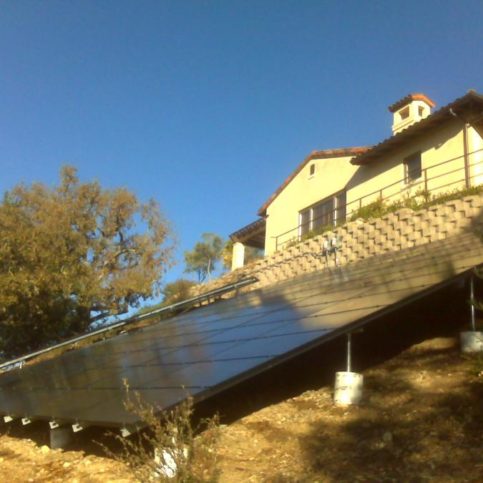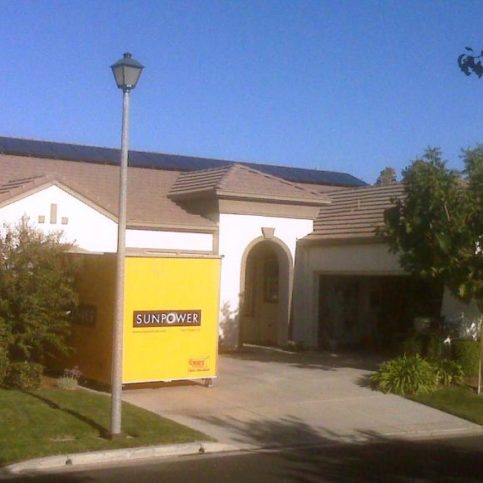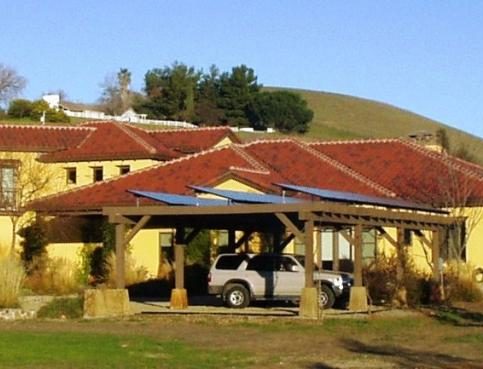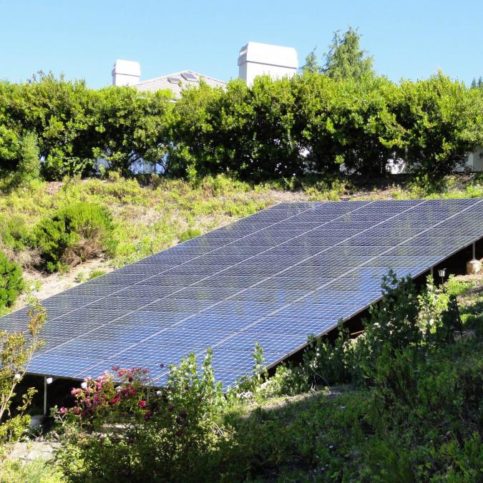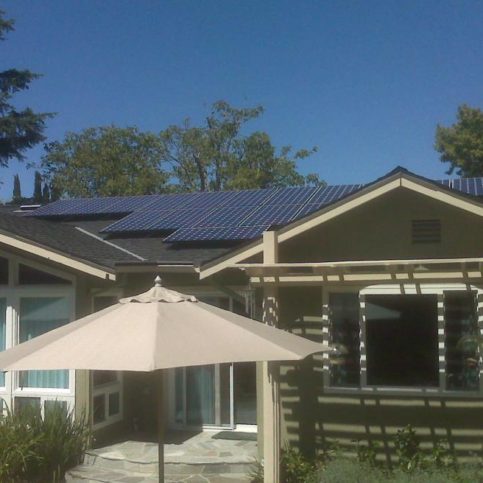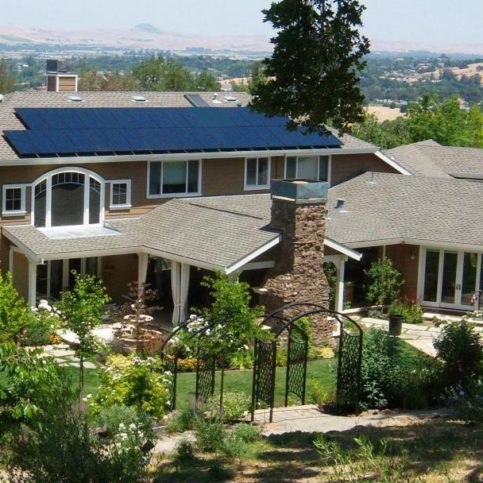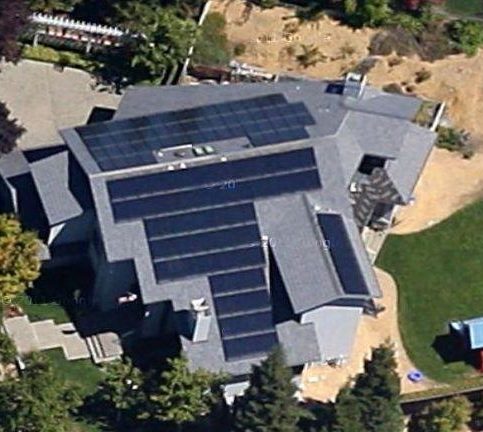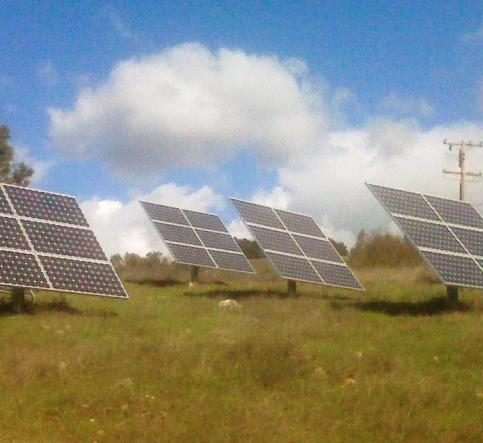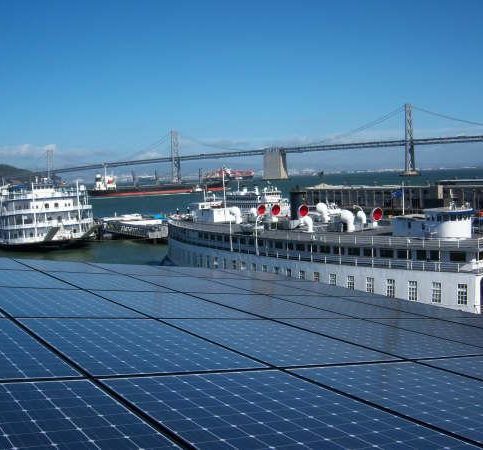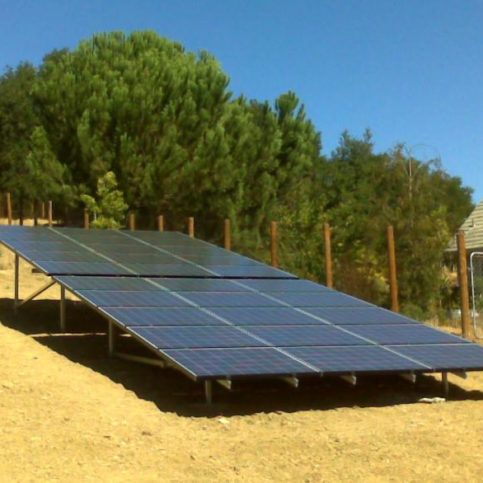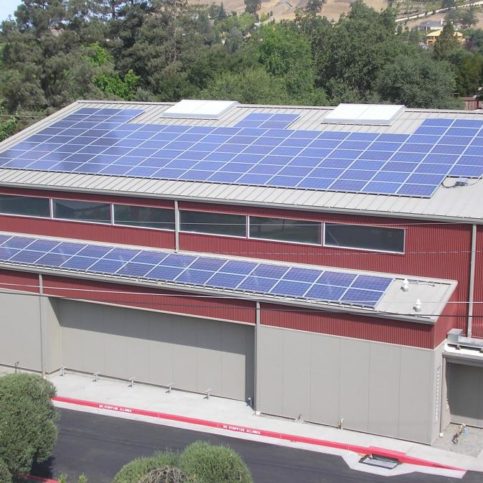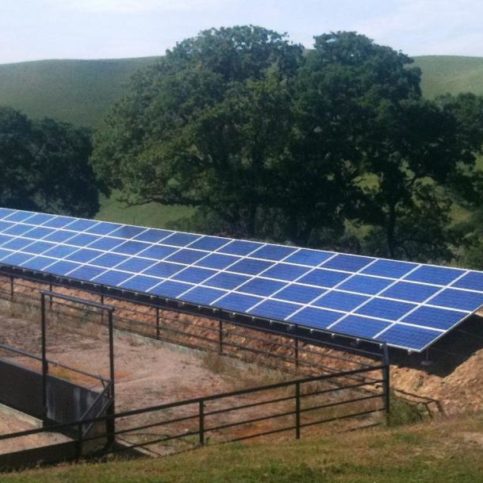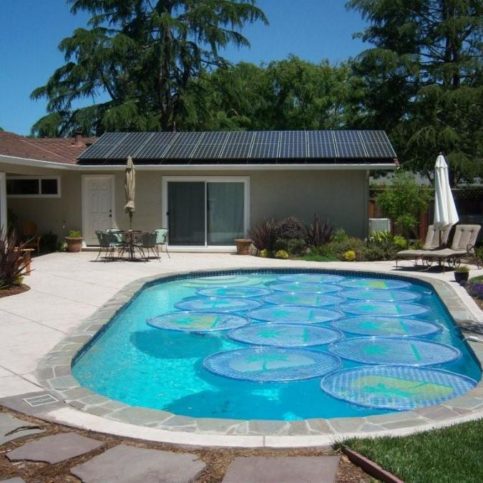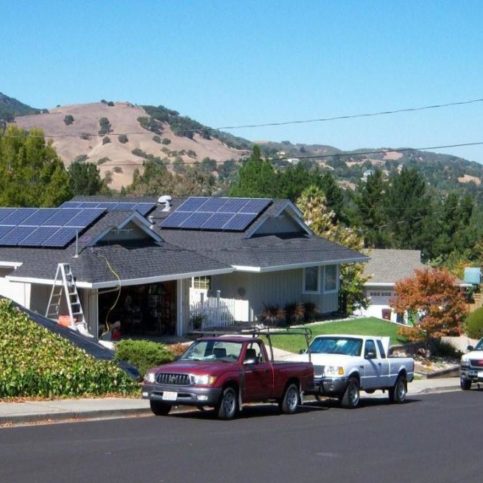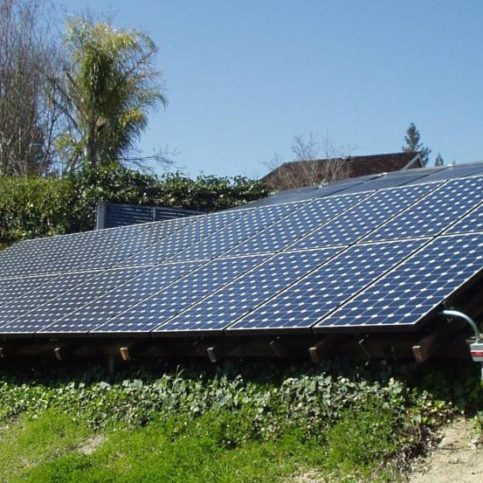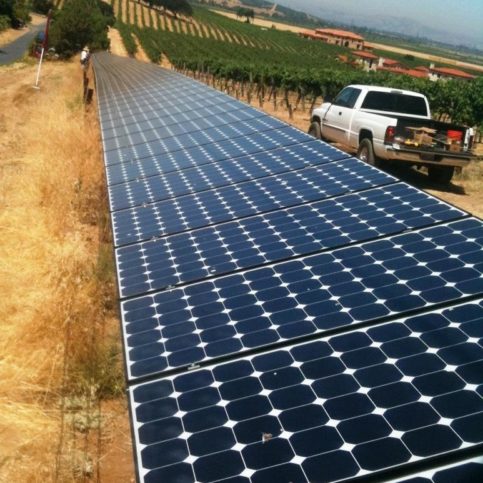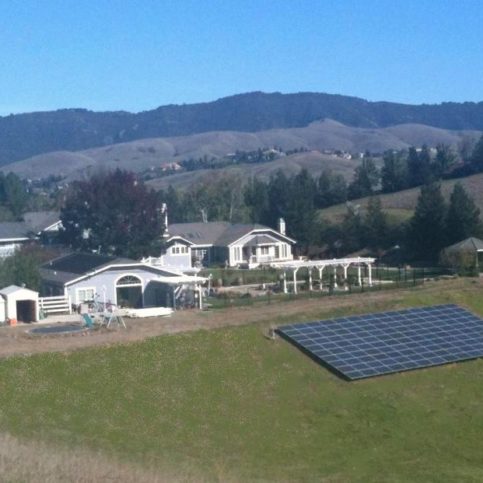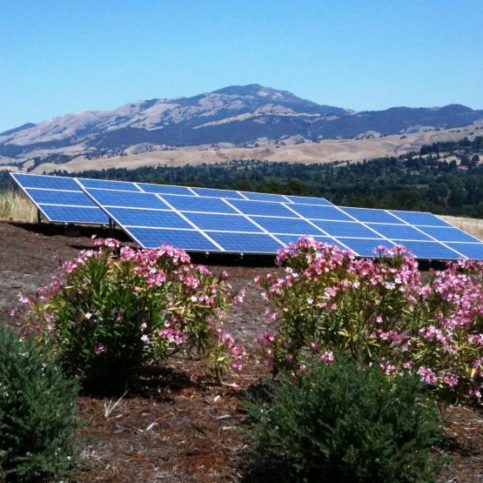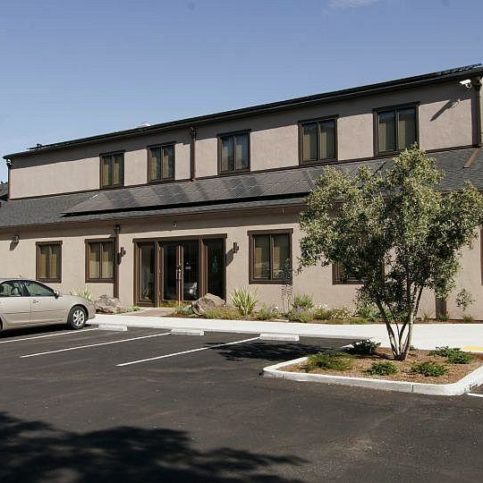If you decide to make the switch to solar-electric power, make sure the contractor you hire knows every part of the solar process. Bob Winn, owner of Sky Power Solar, has seen a rush of companies and individuals getting into the solar power business in recent years. While he welcomes the interest in solar-electric systems, he doesn’t necessarily think all these newcomers are good for consumers. “You really need to consider a contractor’s experience when it comes to solar,” he says.
Established solar providers have years of experience in knowing what systems work over the long haul and installing them properly. Solar installation also requires knowledge and experience in both roofing and electrical systems. “Many electricians who are just getting into the business don’t know how to properly penetrate a roof,” says Mr. Winn, “and many roofers don’t understand the electrical side. You need someone who understands the end-to-end process.”
Aesthetics aren’t something one normally considers when hiring a contractor for electrical work, but it’s a major factor for solar-electric systems. Solar panels on a roof are often one of the most conspicuous features of a building, and consumers should take care to review past installations of similar systems by the contractor to ensure the look will be a pleasing one.
And it’s not just the contractor one needs to consider, says Mr. Winn, but also the systems they’re proposing to install. What’s the expected performance? How much power will you get out of it? Does the system have a track record of operating trouble-free for years? After all, there aren’t only new contractors in the industry, but new suppliers as well. “It takes a few years in the sun to figure out if the materials are going to last over time,” says Mr. Winn.
You should also ask about warranties. How long is the warranty? What company is standing behind the warranty? Are they going to be around in 25 years to honor it? “With a new company, you just don’t know,” says Mr. Winn.
One should also consider the standard factors when hiring any contractor. Verify the contractor’s license and insurance coverage. Check their references. Find out how long the employees have been with the company and whether it uses any subcontractors. By asking the right questions, finding a good solar-electric contractor won’t be difficult.
Below you’ll find further information on rebates and tax exemptions.
California Rebates
California leads the nation in aggressive PV solar rebates. California has set a goal to produce 3000 kW (3 megawatts) of solar produced electricity by 2017. Commercial and residential PG&E customers can receive cash back for solar electric installations that meet stringent CEC (California Energy Commission) guidelines. The California Solar Initiative (formerly the Million Solar Roofs Initiative) provides for up-front rebates for systems <50kW. Performance Based Incentives (PBI) will be paid for solar projects >50 (kW), with payments based on solar power produced over a five-year period. The rebate program is designed with declining amounts as more customers sign up for the incentives (so do it now—if you wait the rebates will be lower). The current rebate amounts can be found at http://www.csi-trigger.com/
California Exemption from Property Taxes
As if you didn’t need enough incentives to install solar electricity on your house, here’s another:
California excludes all solar electricity system installation costs from being added to the property value of your home for property tax valuation purposes. That means that if you add solar electricity and it increases the value of your home by some $34,000 + (for an average system of 4.0 kW DC; we’ll show you how this happens as part of our financial analysis) for an out-of-pocket cost of some $16,000 (again, for an average system of 4.0 kW DC), the first $16,000 pickup in equity is completely tax-free.
Federal Tax Credits for Residential Use
The Emergency Economic Stabilization Act of 2008 creates a full 30% Federal Tax Credit for residential PV Solar Electric projects. This is a TAX CREDIT (not a deduction)– it is a direct, dollar-for-dollar reduction from your taxes owed, and IS NOT limited by the Alternative Minimum Tax (AMT) and unlike the previous version, there is NO CAP!
The 30% credit is based on the net cost of the project (net of the rebate) and can significantly lower the cost of a residential solar project.
Federal Tax Credits for Commercial Use
The Energy Policy Act of 2005 increased to 30% the Investment Tax Credit (26 USC Sec. 48) businesses (rentals and home offices if they qualify — consult your own tax attorney or accountant) receive for solar projects placed into service between January 1, 2006 and December 31, 2007. This is a TAX CREDIT (not a deduction)– it is a direct, dollar-for-dollar reduction from your taxes owed.
The national Solar Energy Industries Association has completed a (40 page) document entitled “The SEIA Guide to Federal Tax Incentives,” which was compiled with the help of SEIA members and SEIA’s tax attorneys, and contains a great deal of specific information and advice regarding the interpretation of the new federal law. The Guide can be downloaded from the SEIA website.
Federal Accelerated Depreciation for Commercial Use
Businesses (and home offices if they qualify—consult your own tax attorney or accountant) also get accelerated depreciation for the remaining cost over a mere five years (26 USC Sec. 168 — MACRS) —that means that you can amortize a 25-30 year asset over five years! This can enable businesses to recover (depending on your combined marginal Federal and California business tax rate) up to 50% of the remaining “after California Rebate and Tax Credits” cost through the tax benefits from higher depreciation deductions over a mere five years.
Read moreRead Less










